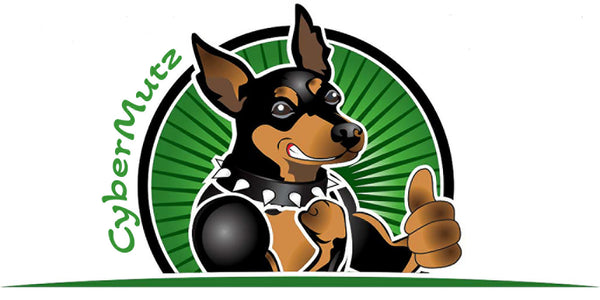
🐾 The Truth About Grain-Free Dog Food: Is It Better?
Share
🐾 The Truth About Grain-Free Dog Food: Is It Better?
Grain-free dog food has exploded in popularity over the past decade, marketed as a healthier, more “natural” option for pups. But does grain-free actually mean better? Or is it just a trendy label?
Let’s break down the facts so you can make an informed decision about your dog’s diet.
🥣 What Is Grain-Free Dog Food?
Grain-free formulas eliminate common grains like wheat, corn, rice, barley, and oats. Instead, they use alternative carbohydrates such as:
-
Sweet potatoes
-
Peas
-
Lentils
-
Tapioca
-
Chickpeas
While these ingredients can provide energy and nutrients, they’re not always automatically better.
⚠️ Why Did Grain-Free Diets Become Popular?
The grain-free movement stemmed from the idea that dogs are descendants of wolves—and wolves don’t eat grains in the wild. However, modern dogs aren’t wolves. They’ve evolved to digest grains, and many thrive on them.
Grain-free foods also gained traction due to concerns about:
-
Grain allergies (which are rare)
-
Fillers in low-quality dog food
-
Desire for “natural” and human-grade ingredients
🧪 What the Research Says: Grain-Free & Heart Health
In recent years, the FDA began investigating a possible link between grain-free diets and canine dilated cardiomyopathy (DCM)—a serious heart condition. Some studies suggest a potential connection, especially in breeds not genetically prone to DCM.
Peas, lentils, and potatoes—frequent grain alternatives—are being scrutinized for possibly affecting taurine levels, a key nutrient for heart health.
🧬 Important Note: The research is still ongoing. No definitive cause has been proven, but the FDA recommends talking to your vet before switching to or staying on a grain-free diet.
✅ Pros of Grain-Free Dog Food
-
Good for dogs with confirmed grain allergies (very rare)
-
Often contains higher-quality meats and fewer fillers
-
May help with skin or digestion issues in some dogs
❌ Cons of Grain-Free Dog Food
-
May cost more without offering extra health benefits
-
Potential DCM risk, especially with legume-heavy formulas
-
Not necessary for most dogs
-
Grain-free ≠ carb-free (can still be high in carbs)
🐶 Should You Feed Your Dog a Grain-Free Diet?
Ask yourself:
-
Has your dog been diagnosed with a grain allergy or intolerance?
-
Are they thriving on their current diet?
-
Has your vet recommended switching?
If your dog is healthy, energetic, has a shiny coat, and normal stool—grain-inclusive foods are likely doing just fine.
🩺 Bottom Line
Grain-free isn’t necessarily better. It’s just different, and it’s not ideal for every pup. Always consult your vet before making major changes, especially with the ongoing DCM research.
Remember: The best dog food is the one that keeps your dog healthy, happy, and tail-wagging.
